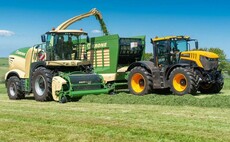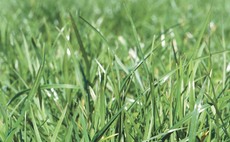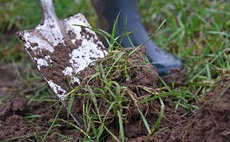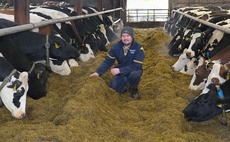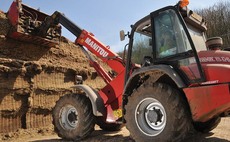Author profile
Dairy
Improving soil health has been the answer to maximising milk from high quality grass forage on a family dairy farm in West Wales
Livestock
Making good quality silage depends on many factors, not all of which can be influenced. But planning ahead means it should be possible to take control and avoid many potential pitfalls.
Livestock
Looking after equipment and carrying out basic maintenance checks can save thousands of pounds and avoid breakdowns at the most inconvenient time.
Livestock
The UK Government announced its aim to bring all greenhouse gas emissions to net zero by 2050 back in June 2019 and many industries rose to the challenge with their own commitments to emissions reduction.
Livestock
Evidence from many respected sources shows those dairy businesses which maximise milk from forage are usually the most financially successful.
Livestock
Soil health has risen up the agenda rapidly in recent years, making dramatic headlines in the national press.
Dairy
After a difficult 2020, the turn of the year means a fresh start and time to look ahead to a more positive 2021.
Livestock
A focus on making high quality silage has contributed to an impressive increase in yield and milk from forage on a family farm in Northern Ireland.
Livestock
Making sure the correct fermentation process takes place in the clamp is key to making high quality forage.
Livestock
George Fabi has been growing wholecrop wheat and oats on the predominantly grass farm for almost 25 years.
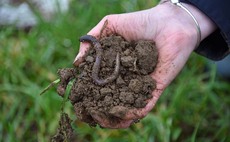
 18 February 2021
•
7 min read
18 February 2021
•
7 min read
